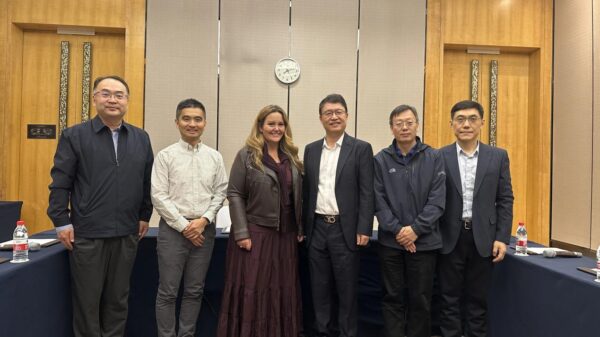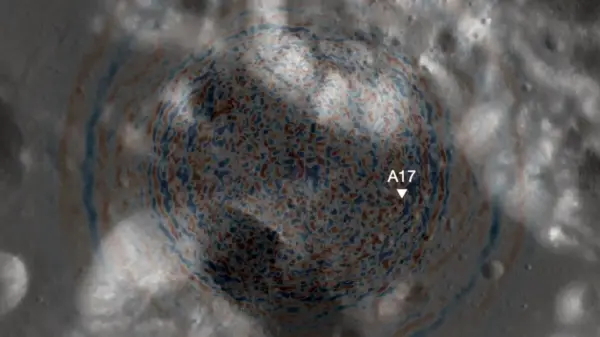Recent research published in Scientific Reports presents a new mathematical model that may shed light on the extinction of Neanderthals. For centuries, these ancient humans have been seen as peripheral figures in the story of human evolution. They thrived in Ice Age Europe and Western Asia for hundreds of thousands of years, but vanished shortly after the arrival of modern humans. The prevailing theories suggest they succumbed to climate change, competition, or simply faded from history.
The new study proposes a different narrative. According to the authors, “Small-scale Homo sapiens immigrations into Neanderthal populations, providing recurrent gene mixing, could have led to almost complete genetic substitution over 10,000 to 30,000 years.” This suggests that rather than facing extinction, Neanderthals may have been absorbed into the modern human gene pool.
Tracing the Roots of Neanderthals
Neanderthals originated in Eurasia around 400,000 years ago. They adeptly adapted to harsh glacial conditions, becoming the dominant hominins in the region. They crafted sophisticated tools and hunted animals long before Homo sapiens arrived from Africa. Genetic evidence indicates that modern humans migrated to the Levant and subsequently spread across Eurasia by the end of the Middle Paleolithic, approximately 45,000 years ago.
These migrations were not singular events but rather consisted of numerous waves over thousands of years. Each wave created opportunities for interaction, trade, competition, and reproduction. As a result, many individuals outside of Africa today carry a small percentage of Neanderthal DNA, indicating that the Neanderthals’ legacy may not be one of extinction but rather of integration.
The Role of Mathematics in Understanding Extinction
The new mathematical model explores the concept of genetic absorption through a lens of neutral species drift. This theory posits that no single population needs a biological advantage to thrive; instead, larger populations over time can have a significant impact. Neanderthal groups were relatively small, consisting of only a few thousand individuals spread across a vast area. In contrast, Homo sapiens numbers were significantly larger.
The study likens Neanderthal groups to “islands,” while H. sapiens groups represent the “mainland.” Each successive wave of modern humans introduced additional genetic material into the smaller Neanderthal populations. Over generations, even small amounts of genetic dilution could lead to substantial changes. The research team stated, “Rather than sudden extinction, our model proposes that repeated cycles of H. sapiens immigration leading to the Neanderthal gene dilution could account for the Neanderthals’ disappearance and the observed patterns of Neanderthal ancestry in modern human populations.”
This perspective aligns with existing genetic evidence that supports interbreeding between the two species. By the time Neanderthals seemed to have vanished from the historical record, their distinct genetic identity may have already been largely integrated into modern human DNA.
The findings suggest that the disappearance of Neanderthals might not be attributed to a dramatic event such as a plague or a sudden climate disaster. Instead, a consistent influx of modern human genes into the smaller Neanderthal gene pool could account for their gradual genetic assimilation.
This fresh approach not only enhances our understanding of Neanderthal extinction but also encourages a reevaluation of how we perceive the intricate relationship between modern humans and their ancient relatives. The narrative of Neanderthals as mere victims of external forces is evolving into one of complex interconnection and genetic blending.
As research continues, the implications of this study could reshape the way we view human ancestry and the legacy of Neanderthals in the modern human genome.






































































